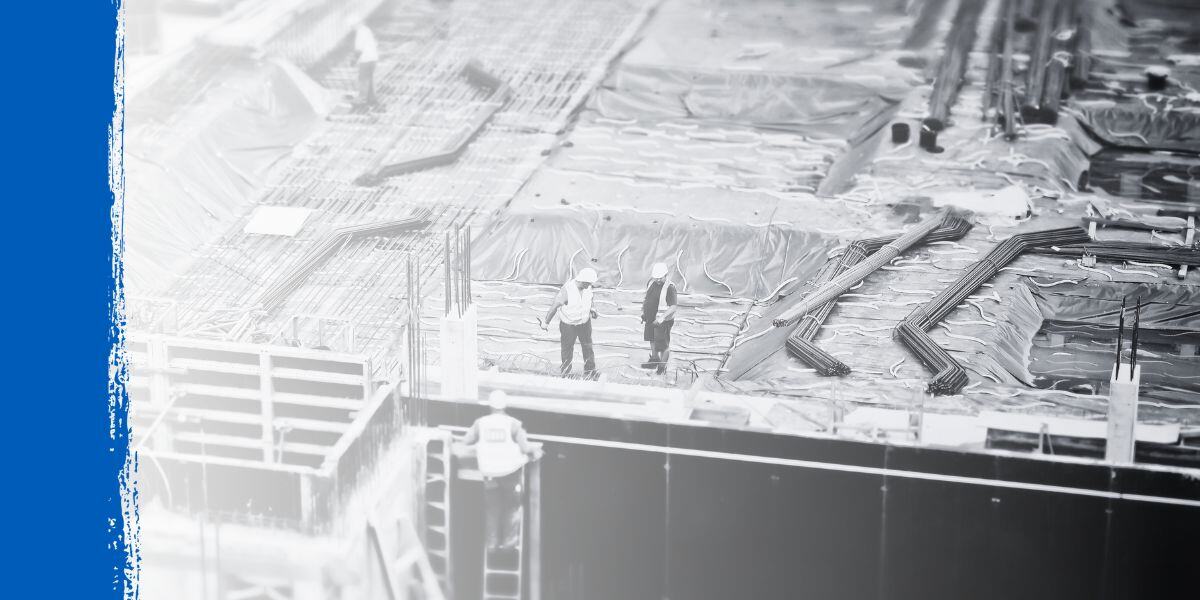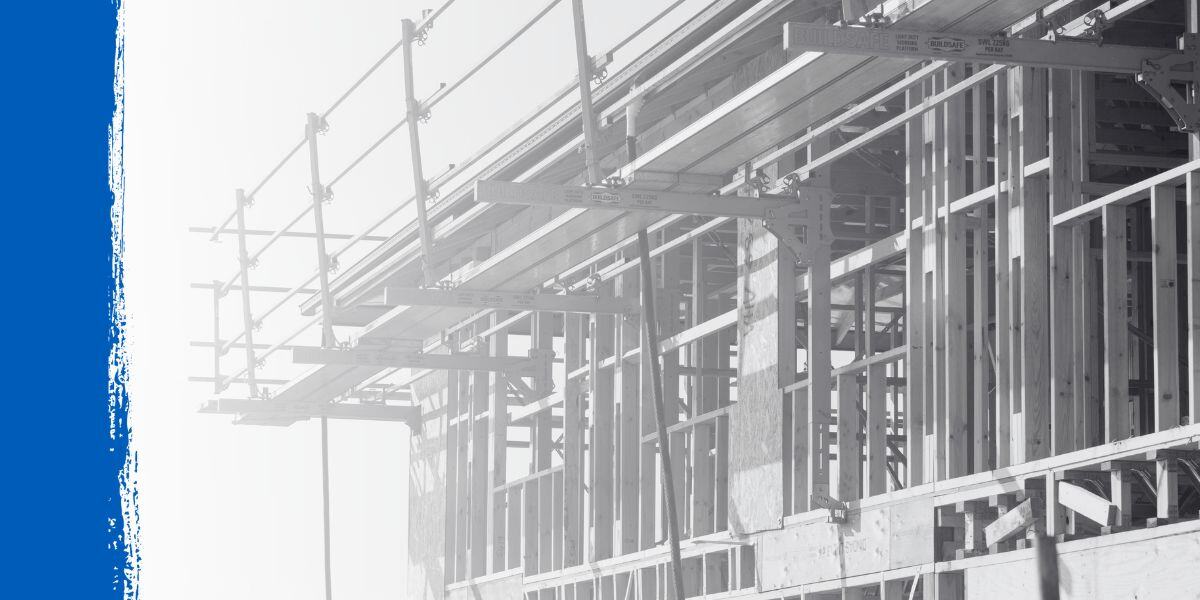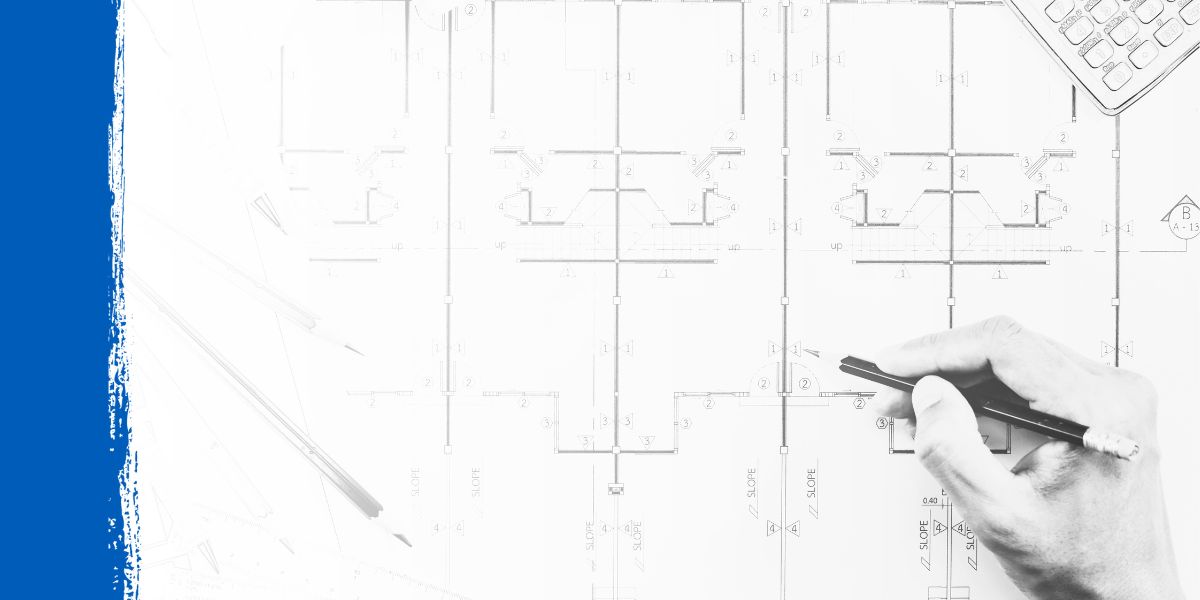In recent years, the prices of building materials have varied greatly. A report from Gordian indicates that around 82.5% of construction materials have experienced a notable rise in costs since 2020, averaging an increase of 19% a year.
Understanding these trends enables builders to make informed decisions and manage their finances more effectively in a volatile market.
Factors Contributing to Price Increases
Several key factors are driving the rise in building material prices today.
- Supply and Demand: As demand for building materials increases, especially during busy construction seasons, and supply is limited due to global shortages, prices go up. This follows the basic economic principle: higher demand and lower supply lead to higher costs.
- Inflation: Inflation exacerbates the problem by driving up the overall cost of goods and services. This trend impacts the prices of construction materials, leading to higher expenses for both builders and consumers.
- Global Factors: Construction relies on a variety of raw materials that are traded globally. Geopolitical tensions and trade disputes can disrupt supply chains, leading to fluctuations in prices.
- Sustainability Initiatives: The growing demand for eco-friendly building materials aligns with the trend towards greener practices in construction. While this shift benefits the environment, it can lead to higher costs since specialty materials often cost more than traditional options.
Impact on the Construction Industry
The rise in building material costs is affecting housing affordability, as higher prices for softwood lumber, steel, aluminum, and other imported materials increase overall housing expenses. These costs are made worse by production and supply uncertainties, which can delay home completion. Builders and consumers worry whether homes will appraise at values that match these rising costs. Builders are trying to keep prices fair for consumers while remaining competitive. The long-term impact on consumers is significant, so it’s important for everyone to adapt to these changing economic conditions.
Future Outlook
In the foreseeable future, the high demand will keep both materials and labor costs rising through 2024 and 2025. While forecasts show a slight decrease of 1% to 2% per year for concrete, the overall trend points to ongoing cost pressures. Industry experts expect certain materials like wood, plastics, composites, plaster, gypsum, and thermal protection to see average price increases of up to 6.5% annually during this time. Factors such as energy costs and the ongoing shortage of skilled labor in construction are expected to drive a long-term shift in materials pricing.
Strategies for Mitigating Price Increases
With rising building material costs, several strategies can help manage these price pressures.
- Material Use: Mindful practices can help control material costs. This includes reducing waste, recycling when possible, and using materials efficiently across projects. Sustainable practices can support these goals.
- Long-term Contracts: Securing material prices through long-term contracts can protect against sudden cost increases, allowing better budgeting and planning. This relies on stable relationships with suppliers.
- Negotiation and Lean Construction: Contractors can work directly with suppliers to negotiate prices and find efficiencies in construction. Lean construction principles can streamline operations and cut waste.
- Alternative Materials: Considering cheaper materials can also be effective. This may involve using recycled materials, sourcing from lesser-known suppliers, or trying new materials that work similarly at lower costs.
- Proactive Purchasing: Buying materials in advance can help lock in prices and avoid future increases. This requires careful planning and coordination with suppliers to ensure availability.
- Market Monitoring: Keeping up with market trends and price changes is important. Regularly checking industry reports, trade publications, and forecasts can help builders anticipate shifts in material costs and adjust their buying strategies.
- Collaboration and Communication: Building good relationships with suppliers and subcontractors allows companies to understand supply chain issues and price changes, leading to better purchasing decisions and possible negotiation of terms.
Control Costs with LS Building Materials
LS Building Products is committed to helping contractors and construction companies save costs while upholding top-notch quality in their projects. We provide a wide range of premium materials at competitive prices designed to help you reduce expenses.
To discover more about how we can support you in managing and potentially reducing construction costs, speak with a building supplies expert or visit our stores in East Peoria, Champaign, Pontiac, or Springfield.
.png?width=98&height=67&name=Logo%20(13).png)
 What to Know About Rising Building Material Prices" loading="lazy">
What to Know About Rising Building Material Prices" loading="lazy">
.jpg)




